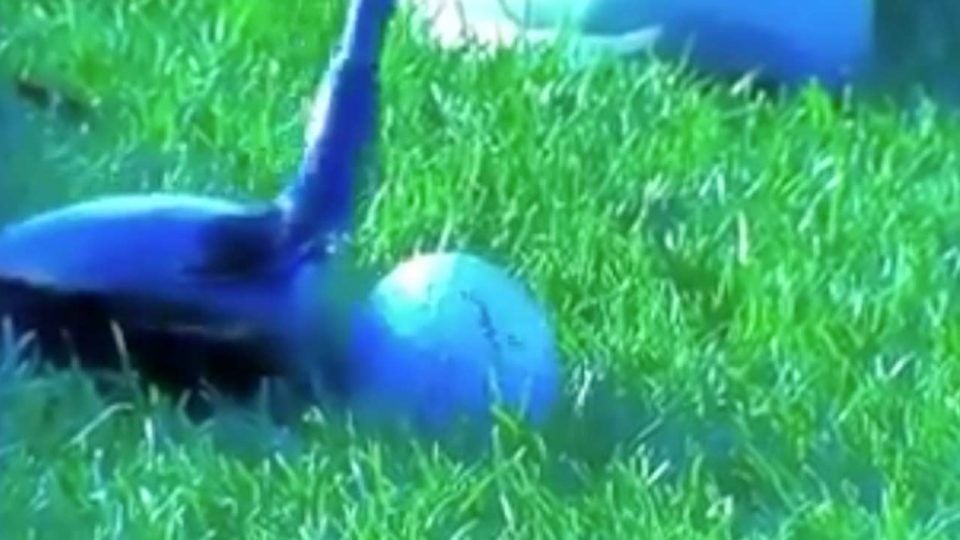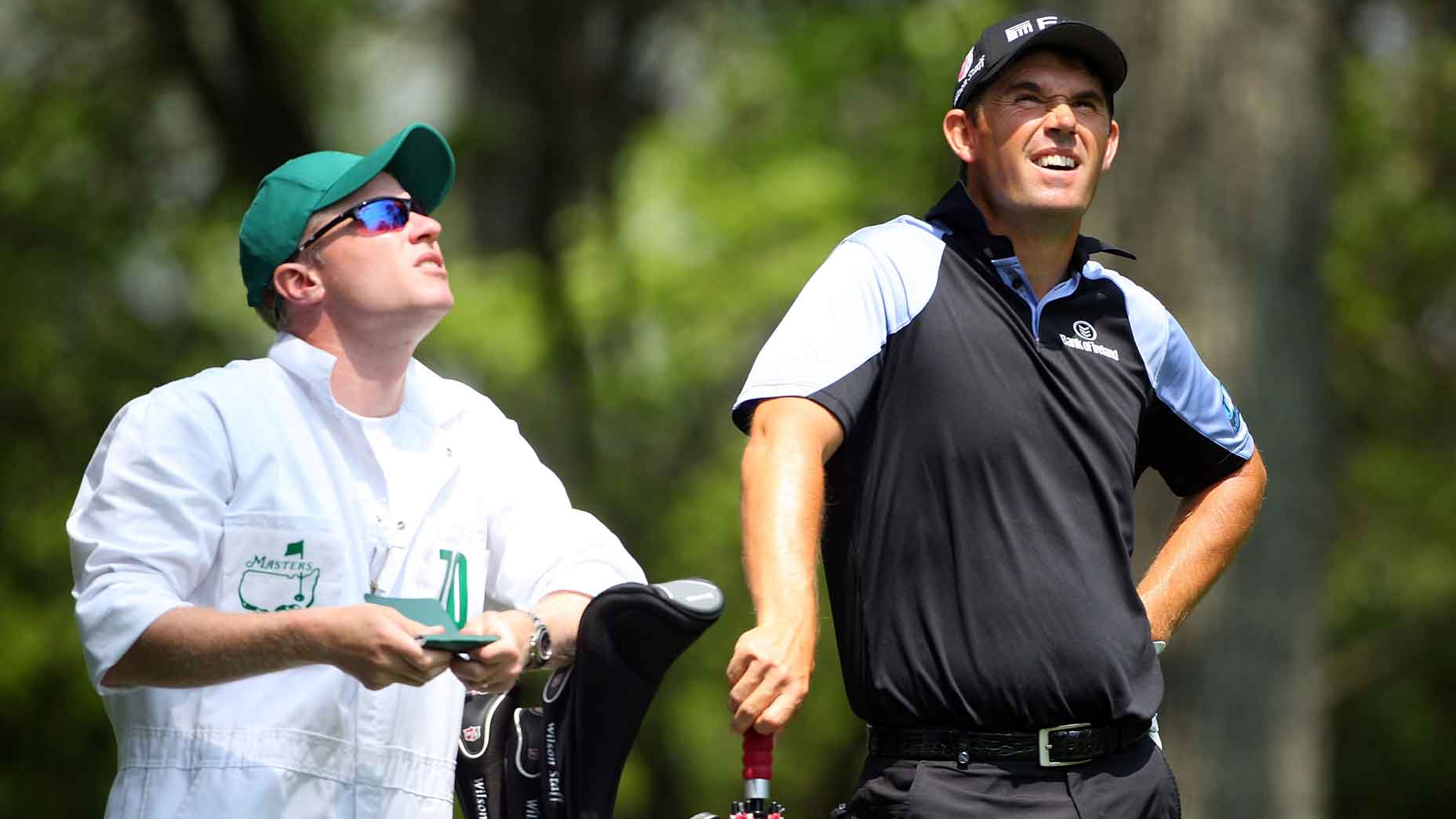 Rules Guy: Is it legal to smooth deer tracks in the bunker?
Rules Guy: Is it legal to smooth deer tracks in the bunker?
Why Justin Rose avoided penalty for hitting his ball at address on controversial chip

Spend too much time with the Rules of Golf and you’ll start to ask yourself all sorts of existential questions. When are you responsible for your actions? What is intent, anyway? What does it truly mean to move?
The fun of golf’s rulings are in the headaches. Other peoples’ headaches, that is. If you’re in charge of actually making said rulings, maybe less fun. But there’s a reason the rulebook is so thick — watch enough golf and you’re likely to encounter some scenario you’d never even considered.
Enter Justin Rose during Thursday’s first round of the Arnold Palmer Invitational. Rose’s approach shot at the par-4 11th hole sailed just long of the green and ended up in the back rough. From there, he selected a bump-and-run with a fairway wood. But a tight shot of his club and ball on PGA Tour Live revealed something interesting: as he began his backswing, Rose pressed his ball slightly forward before taking the clubhead away.
Justin Rose with the ball tap. 😳 pic.twitter.com/tc2ojGoX85
— golfrabble (@golfrabble) March 5, 2020
Rose’s ball raced 10 feet past the hole and he missed the comebacker before tapping in for bogey. But chatter immediately picked up on social media: Should this be a penalty? Worse than bogey? That’s where we come in, to review the rule in question for your education and entertainment. Everyone following along, flip your rulebooks to Rule 9.1.B, which reads as follows:
Rule 9.1.B. Ball Played as it Lies: What to Do When Ball Moves During Backswing or Stroke.
If a player’s ball at rest begins moving after the player has begun the stroke or the backswing for a stroke and the player goes on to make the stroke:
-The ball must not be replaced, no matter what caused it to move.
-Instead, the player must play the ball from where it comes to rest after the stroke.
-If the player caused the ball to move, see Rule 9.4b to find out if there is a penalty.
ADVERTISEMENT
What does that mean? Basically, if Rose’s ball moved, he still plays it as a live ball and then determines whether or not he should be assessed a penalty stroke. After a quick review of 9.4.B, it seems as though Rose causing his ball to move with the club would lead to a penalty. But let’s get back to those existential questions. Did the ball really move? What does it mean to move?
Let’s bounce over to the “Interpretations” section of the rules, specifically 9.2: “Deciding Whether Ball Moved and What Caused It to Move.” That’s where we’ll find our answer:
As stated in the definitions, to “move,” a ball at rest must leave its original spot and come to rest on any other spot and the movement must be enough that it can be seen by the naked eye. In order to treat the ball as moved, there must be knowledge or virtual certainty that the ball has moved.
Daniel Rapaport reported after Rose’s round that the PGA Tour had determined that Rose’s ball had not actually changed positions. Even though his club clearly contacted it, the ball did not “leave its original spot and come to rest on any other spot.” Because the ball never changed locations, it is considered to have never moved — but essentially just oscillated before returning to its original spot.
To sum up: No harm, no foul, Justin Rose’s ball never moved, and his 1-over 73 remains a 1-over 73. Continue on with your days accordingly.
To receive GOLF’s all-new newsletters, subscribe for free here.
ADVERTISEMENT







